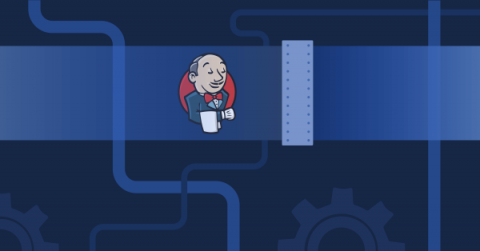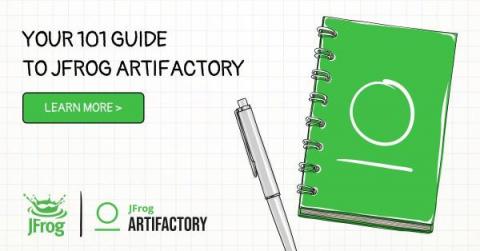Critical Metrics and Alerts in the Continuous Delivery Process
Continuous delivery is a software development approach in which code changes are automatically staged for production release. A foundation for modern application development, continuous delivery extends continuous integration by automatically deploying code changes to test and production environments after the build phase. When properly implemented, developers have deployable build artifacts that have passed a standardized testing process and can be deployed to environments as needed.











